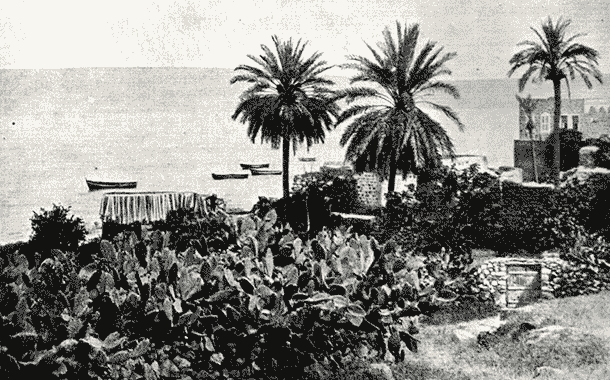<![CDATA[Eight miles northwest of the Sea of Galilee, a massive lunar-shaped structure has been identified in Israel. The huge structure has a volume of about 500,000 cubic feet, length of 492 feet, width of 66 feet and height of 23 feet. Its construction has been dated to about 5,000 years ago, suggesting it was built around the same time as Stonehenge. Previous studies have suggested that this stone structure was once a city wall, but a doctoral student from the Hebrew University in Jerusalem, Ido Wachtel, has stated that the structure was nothing more than a standing monument. He argued it could not have been a city wall, because there wasn't city near to it when it was built. A mile away from the monument was an ancient town called Bet Yerah, the monument was thought to have defended the town's borders, since it was only day's walk away. Wachtel argues that the relatively close proximity of the town to the monument does not prove it was a city wall, as it was too far away to have offered any kind of significant protection. The monument was so large that the whole thing would have been longer than an American football field. It is believed that it would have taken between 35,000 and 50,000 days for one person to build the monument. Therefore, a work force of 200 men would have needed five months to build it. Wachtel suggested that there was most likely a much bigger work force involved, as five months was too long for a largely agricultural people to donate to a construction project. Bet Yerah was a large town with a good fortification system. Several objects found in recent years, including a jug that had hieroglyphic inscriptions, suggest it was also an important place for trade with Egypt. It is unsure if the town had the same name 5,000 years ago, which is associated with the moon god. The name Bet Yerah has been found in many ancient Jewish rabbinic texts however. The lunar monument near Bet Yerah is not the only large rock structure in the area. To the east of the Sea of Galilee is the spectacular Rujum el-Hiri, the age of which is yet to be determined. On the Galilee's sea bed is a large cairn that weighs more than 60,000 tons, the age of this monolithic structure is also unknown. In the future, Wachtel and other scientists hope to find out exactly what the use of this structure was. Several theories have been put forward, such as the monument being a marker of Bet Yerah's possessions and land. The crescent shape could have had symbolic meaning, as the lunar crescent was used to symbolize the ancient Mesopotamian moon god Sin. Today the monument is called either by its Arabic name, Rujum en-Nabi Shua'ayb, or the Jethro Cairn, named after the ancient prophet Jethro.]]>
Archaeologists Break Mystery of Giant Stone Monument in Israel
